How to sow small seeds
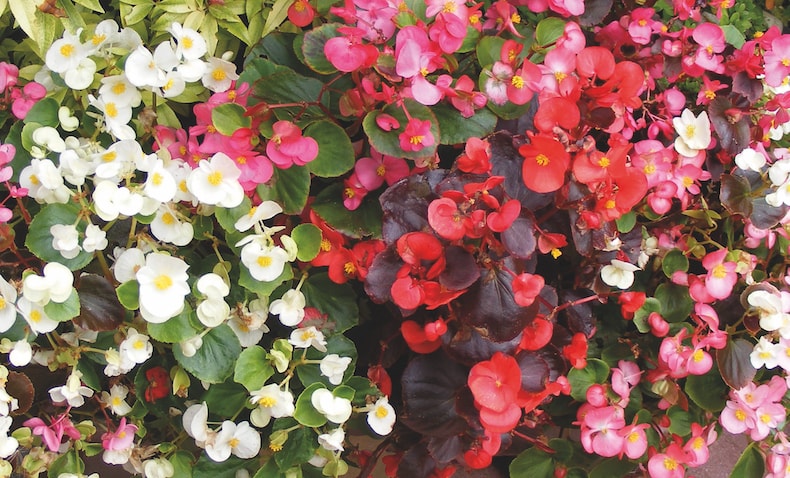
Get glorious displays of begonias throughout the summer by learning how to sow small seeds correctly
Copyright: Customer - Craig Forrest
Some plants, such as streptocarpus, hardy primulas and begonia produce very tiny seeds that are almost dust-like. In nature these plants rely on producing large quantities of seed to increase their chances of survival, but as gardeners we often only have a few of these seed, so it's important to give them the best chance possible when you sow them.
Prepare the seed sowing area properly
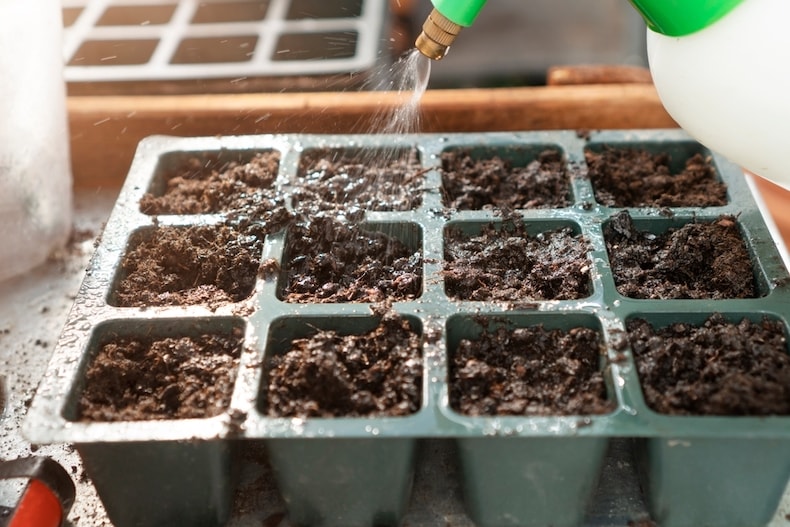
Dampen your seed tray before sowing
Image: Evgenia Tuzinska/Shutterstock
Always sow in a clean, dry, draught-free location. Before you begin, make sure that you have everything ready around you to reduce the risk of the seed being lost or spilled accidentally. Use scrupulously clean seed trays and fresh seed compost.
It's also a good idea to water the seed tray before sowing, because watering after sowing can dislodge the seed and wash them beneath the surface of the compost. Stored water often contains fungal spores that can kill your seedlings, so always use fresh water from the tap instead of from the water butt.
How to properly open packs of fine seeds
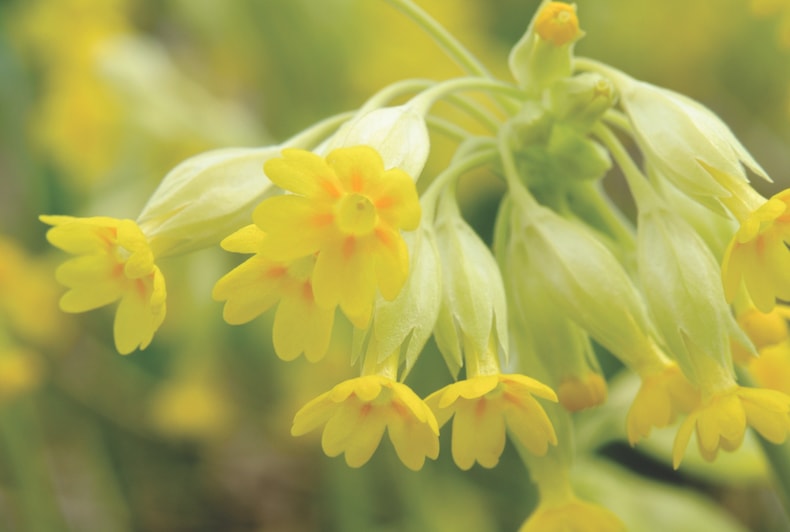
Hardy primulas are fantastic flowers to grow in cottage and wildlife gardens
Image: Primula veris from Thompson & Morgan
Take great care when opening packets of fine seed. I find that seed which are this small have a tendency to get stuck to the adhesive that seals the packet together! Open the packet over a piece of clean, white paper. When you rip off the top of the packet don’t throw it away until you have torn both sides of it apart and gently dislodged any dust like particles from the adhesive. Then open up the other three sides of the remaining packet and check for more dust like seeds.
How to sow small seeds
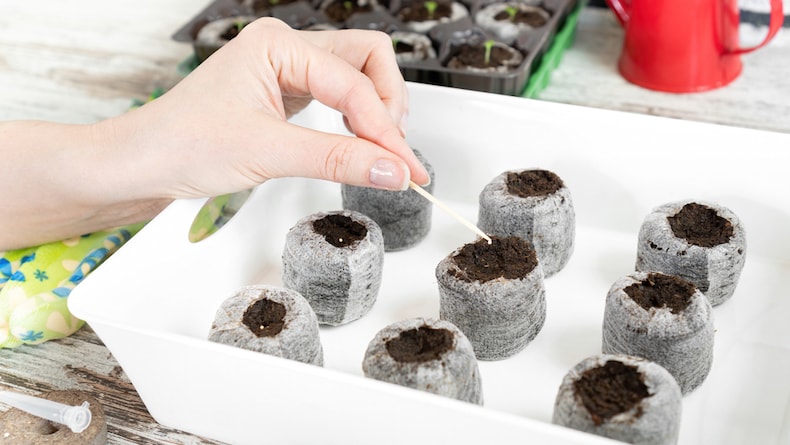
Use a toothpick to gently sow small seeds
Image: Shutterstock
You can gently brush the seed onto the surface of the compost, or moisten the tip of a toothpick and use it to lift each seed and set it down on the compost. Try to sow them evenly across the surface of the compost.If you have a larger quantity of fine seed then it helps to mix some fine, dry, silver sand in with them. This will help you achieve even sowing across the surface of the compost by making the seed easier to handle and showing you precisely where you have sown.
Don’t cover the seed with compost after sowing as this will bury the tiny seeds and reduce germination. Use a clean, dry wooden press to gently press them seeds into the surface of the compost to ensure that they make good contact. Cover the seed tray with glass or cling film to help maintain a constant humidity and temperature - or put them in a heated propagator if you have one.
The next steps - germination of fine seed
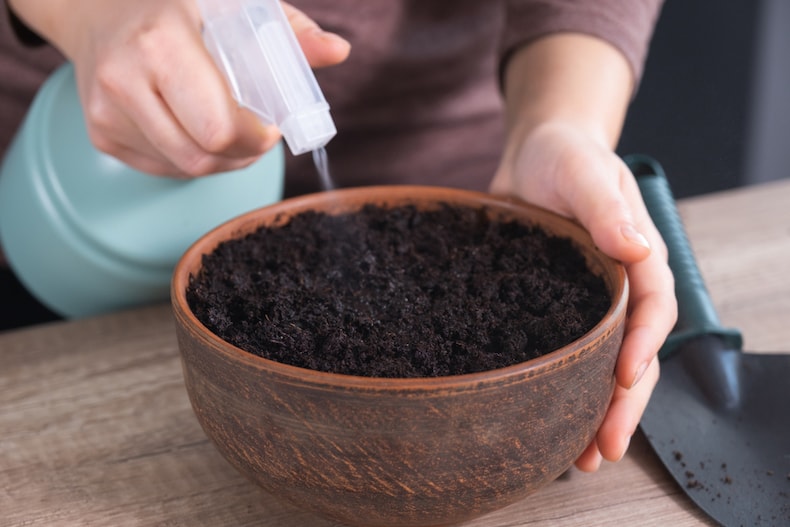
Keep the compost damp while the seeds are germinating
Image: Rudenko Alla/Shutterstock
While they are germinating it’s important not to let the surface of the compost dry out. Try to mist the surface it every day. Once they have germinated the pot should be uncovered. Remember that they have been growing in a protected environment so you will need to remove the glass or cling film gradually over several days, so that they become accustomed to normal room temperature and humidity. Grow them on in a bright warm location but make sure that they are shaded from strong direct sunlight as this can scorch and dry them up.
Small seed are more of a fiddle than larger species and they certainly present a challenge, but even if you don’t get it right first time, it’s well worth persevering. For even more advice, watch our 'How to sow small seeds video' below.
Sign Up For Exclusive Special Offers




© 2025 Thompson & Morgan. All rights reserved. A division of Branded Garden Products Limited.
Sign up for exclusive offers!



